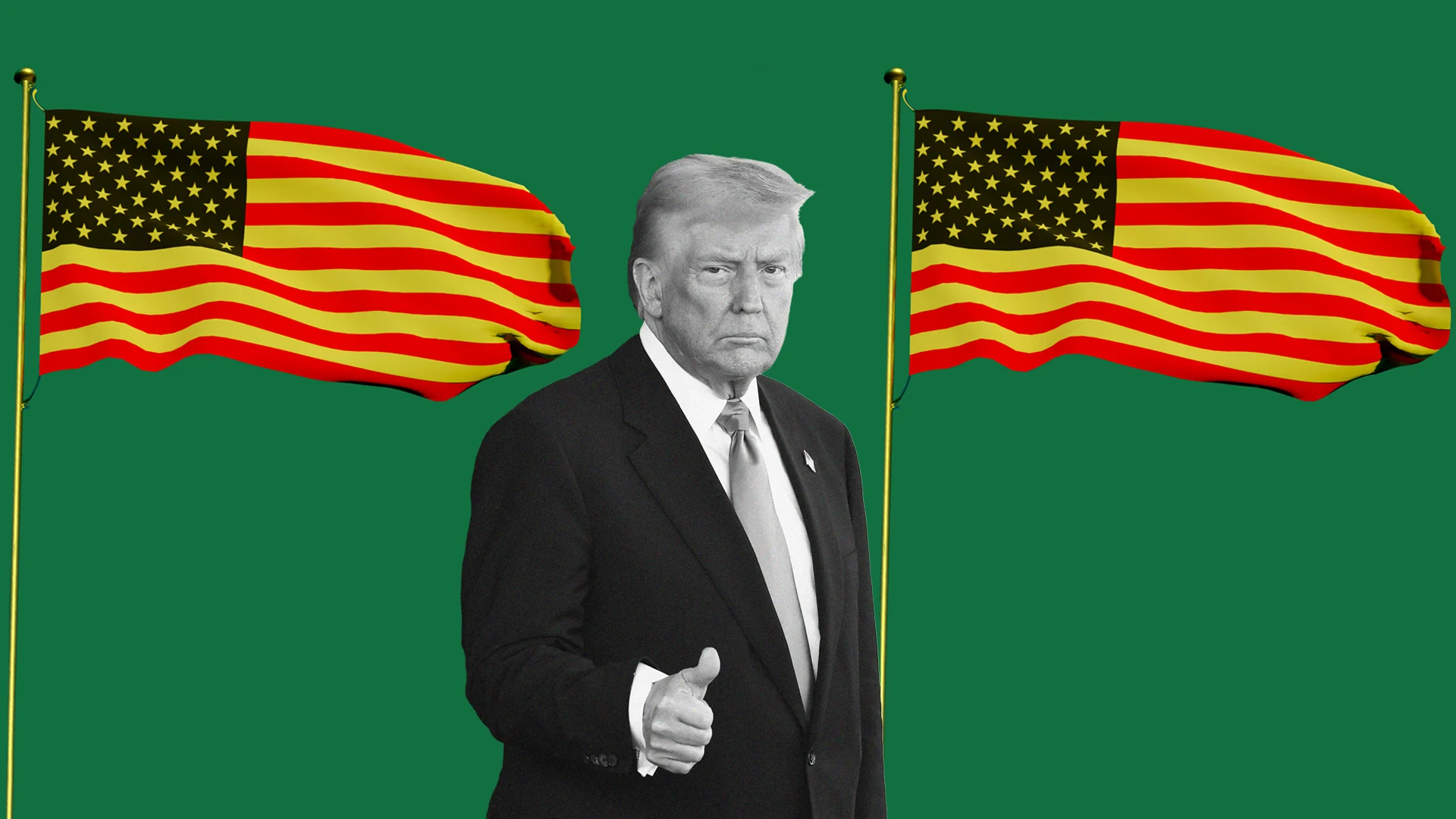Taking from the poor and giving to the rich has not been a historically smart move.
While unelected Elon Musk garners media attention by bringing his child to the Oval Office and brandishing a chain saw at a Conservative Political Action Conference meeting, Donald Trump wields monarchical tariffs to preserve tax cuts for his billionaire buddies and raise prices for the struggling citizens who voted for him. Investors appear to be fed up. Last week, the Dow suffered a 2.5 percent decline, its biggest drop since the end of October. The Nasdaq also dropped 2.5 percent while the S&P 500 lost 1.7 percent, “its weakest performance since the week of Jan. 10,” noted Investopedia. This reverse Robin Hood motion is not popular with voters. While a surprisingly large 47 percent of Americans approve of Trump’s performance, 52 percent disapprove, according to a February 19 CNN poll. A more significant 62 percent of respondents think he has not done enough to lower prices of common goods while 55 percent say he is distracted from the country’s “most pressing issues,” noted CNN.
Job confidence falls with education and medicine in the DOGE crosshairs People actively seeking jobs – half of whom have been looking for six months or more – are less confident about getting and keeping one. At +15, job seeker confidence – scored on a scale from -100 to +100 – fell to nearly the lowest level since bottoming +9 in April 2020, according to LinkedIn’s Workforce Confidence survey. Government job cuts – which could total 475,000 or 20 percent of total government employment, estimates the Wall Street Journal – are one factor hitting the labor market. Other negative forces include tariffs and worries about tariffs which impede business planning, lower labor supply due to immigration restrictions and deportations, and uncertainty about research funding which has “led several universities to freeze hiring,” the Journal reported. Will America be better off with less education and medical research? Massachusetts will certainly be worse off. That’s because the education and health care industries employ about a million Bay State residents, 28 percent of the workforce and nearly a quarter of all wages, according to the Boston Globe.
Cutting National Institutes of Health funding could reduce medical research funding by 14.3 percent or $500 million in the state. Eds and meds also create significant knock off economic activity for Massachusetts. Each dollar invested in NIH-funded research generates $2.46 in economic activity for local businesses, restaurants, and stores, according to United for Medical Research featured by the Globe. Trump aims to take from the middle class and give to the top 1 percent Tariffs will raise prices on commonly purchased consumer goods. That’s because when they import from countries which Trump tariffs, businesses raise prices to consumers to preserve their profit margins.This pain does not deter Trump – who last week proposed 25 percent tariffs on auto, semiconductor, and pharmaceutical imports.
Why is Trump making life more difficult for voters? Tariffs will help him “shift the tax burden away from the well-off and toward the poor and middle class—while also consolidating his power,” according to the New York Times. By adding $2,600 a year in taxes, they are also putting a greater economic burden on the middle class and poor, the Times reported. Meanwhile, prices for consumer goods have increased. Surging fuel and egg prices sent consumer prices up 3 percent in January. Bird flu increased egg prices at the fastest rate in 10 years while sanctions on Russia and Iran raised fuel prices. Since tariffs will boost prices about its 2 percent target, the Federal Reserve may stop cutting interest rates – which will pressure indebted consumers, noted CNN. Tariffs could help Trump extend temporary tax cuts expiring this year from his first term Tax Cuts and Jobs Act. Extending those cuts may enable the top 1 percent to “save more than $70,000, about 3 percent of after-tax income, while the median household would get only about $1,000, about 1 percent of after-tax income,” according to a Tax Policy Center analysis feature by the Times.
The opinions expressed here by Inc.com columnists are their own, not those of Inc.com.
